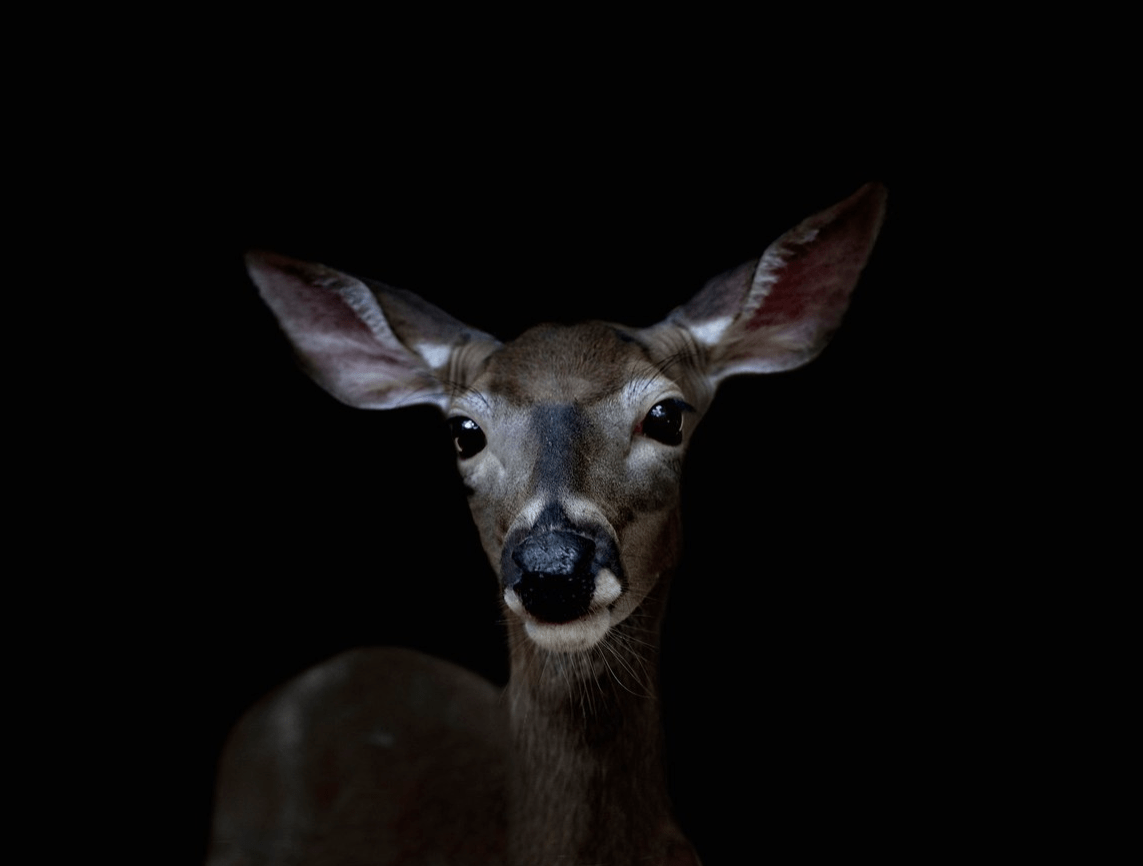Megan Molteni | Wired | June 20, 2019
YUNZHI PETER YANG was supposed to be on vacation. It was 2009, and the Stanford bioengineer was celebrating his and his wife’s wedding anniversary with a trip to Alaska’s Denali National Park. But when he heard a park guide say that the deer they were looking at sheds its antlers every year, only to grow them back at a rate of nearly an inch a day, his mind teleported back to his Palo Alto lab. In particular, he had been working on ways to regenerate bone tissues for people who’d been in bad accidents or had them degraded by disease. What if he could make artificial bone grafts that grow as fast as these deer antlers?
Thus began Yang’s 10-year diversion into the world of ruminant biology. He traveled to a deer farm in California to collect antler tissue samples to study how these complex structures of bone, living cells, and nerve endings can grow upwards of 50 inches in a single season. Eventually he and his colleagues tracked down a few genes responsible for this remarkable feat of regeneration. But it was tough and time-consuming work; at the time, no one had ever sequenced a deer genome. An international team of researchers had just decoded the first bovine genome, and it would be years before scientists in China unraveled the DNA of goats and sheep. In the days of still-expensive sequencing, more exotic ruminants weren’t exactly a high priority.
But this week, the multi-stomached, headgear-bearing mammals are finally getting their due. On Thursday, a Chinese-led consortium of scientists reported their efforts to map out the genomes of 44 ruminant species, from the gazelles and buffaloes of the Serengeti to tiny vampiric muntjacs dwelling in Asia’s jungles to the thick-coated reindeer that trudge across Arctic snow-covered plains. All 44 (plus a few more) are available to peruse and download here, if you’re interested. Along with two other papers that appear in the latest issue of Science, it represents the first results of the Ruminant Genome Project—a more than 40 trillion base-pair dataset that showcases China’s growing role as a global leader in genomics research.
The major scientific milestone is a boon both to evolutionary biologists seeking to better understand how ruminants so successfully colonized six continents with wildly different environments and for livestock breeders hoping to introduce such adaptive advantages into domesticated herds. The genetic resource may also prove valuable to biomedical researchers like Yang, providing clues that could one day help humans heal faster, hold off cancer, and even live healthier lives in space.


